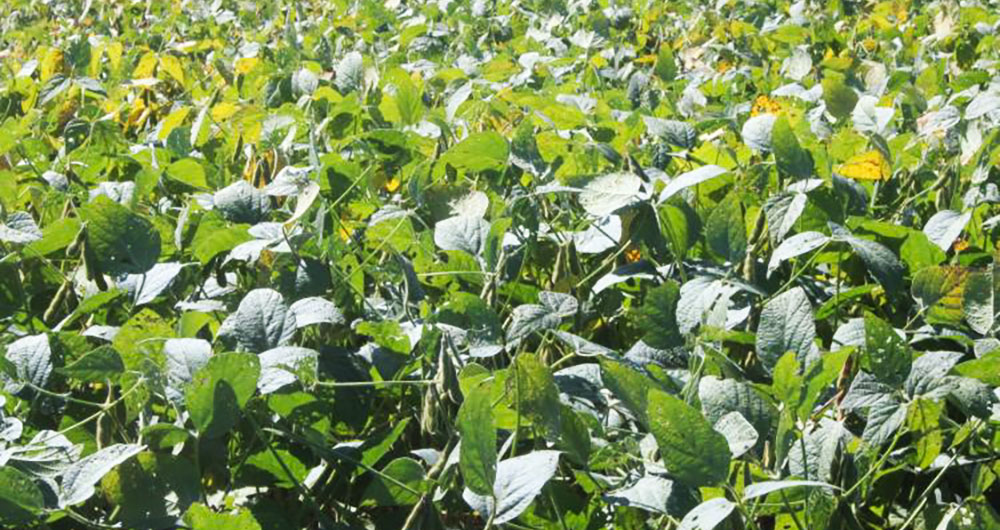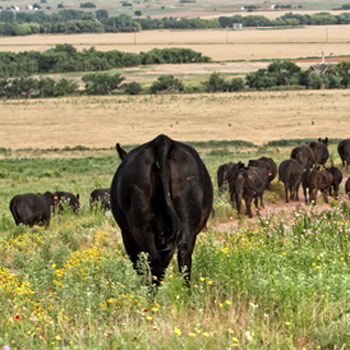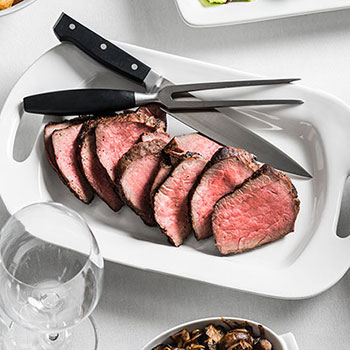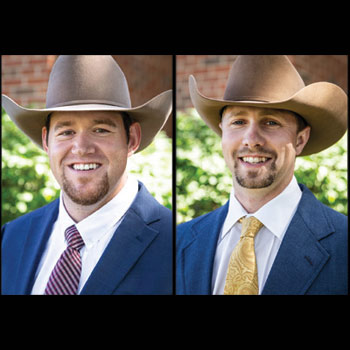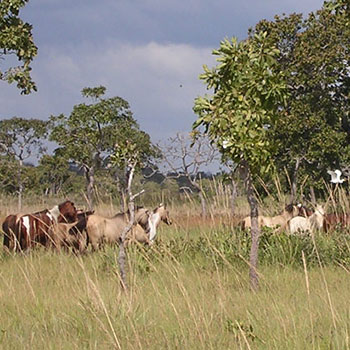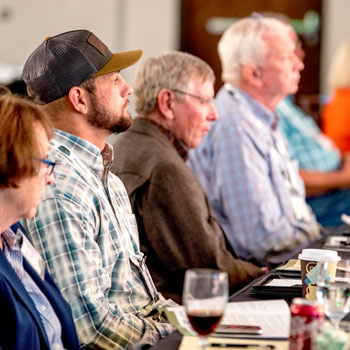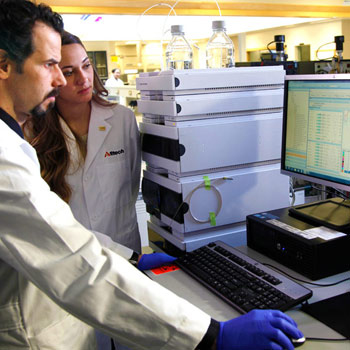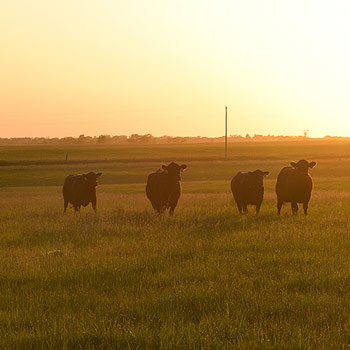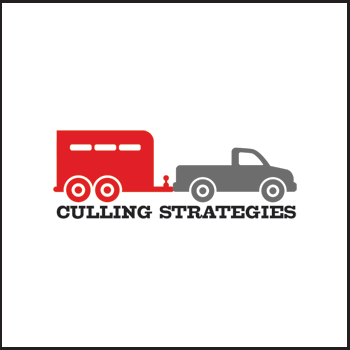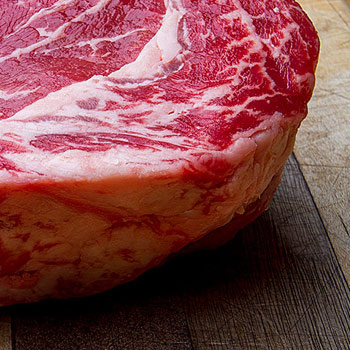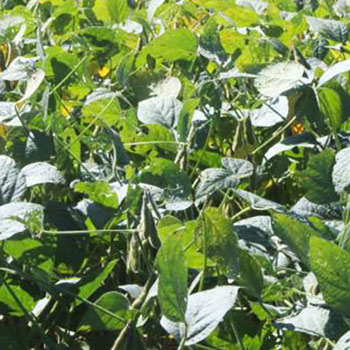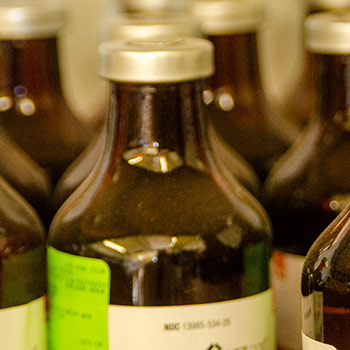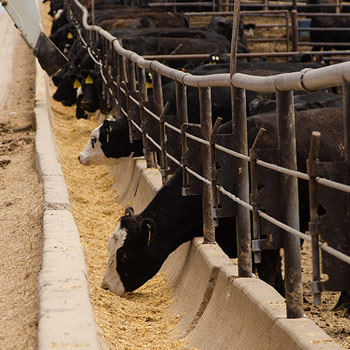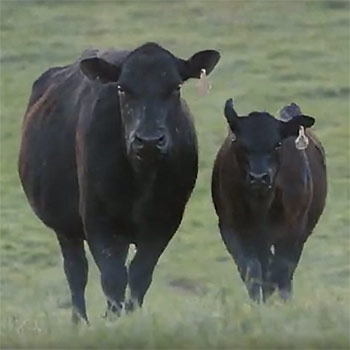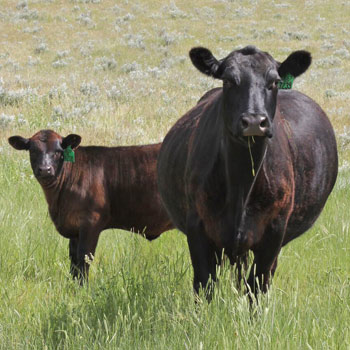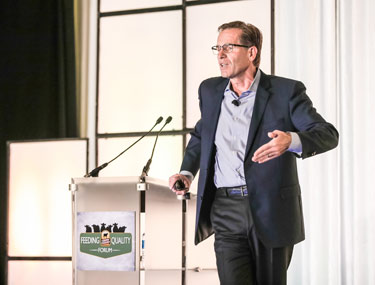Grazing Soybeans
UK offers considerations for grazing, harvesting drought-stressed soybeans.
Producers can graze and harvest drought-stressed soybeans for baleage and hay, but they need to make careful considerations before doing so, says Chris Teutsch, extension forage specialist with the University of Kentucky (UK) College of Agriculture, Food and Environment.
Bony ‘Lumpy Jaw’ in Cattle
Understanding cause and early detection of lumpy jaw increase chances of recovery success.
There are two kinds of “lumpy jaw.” Soft-tissue abscesses caused by embedded foreign bodies, such as sharp grass seeds, are easy to treat by lancing, draining and flushing. However, a bone infection takes diligent effort to eradicate. Even treatment may not be successful.
Are You Protecting Calves From BRSV?
This lesser-known respiratory disease can have major effects on their health.
Big temperature swings common during seasonal transitions can be stressful for cattle. That, combined with the stress of changing their environments, including weaning or mixing calves, opens the door for respiratory diseases to creep into your herd.
Cottonseed Approved for Food
FDA approves ultra-low gossypol cottonseed for human, animal consumption.
The U.S. Food and Drug Administration has given the green light to ultra-low gossypol cottonseed, ULGCS, to be used as human food and in animal feed, something Texas A&M AgriLife researchers have been working on for nearly 25 years.

